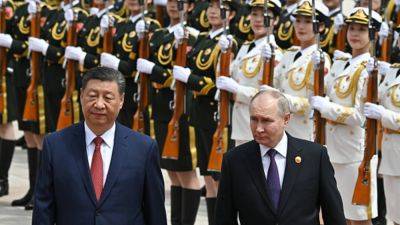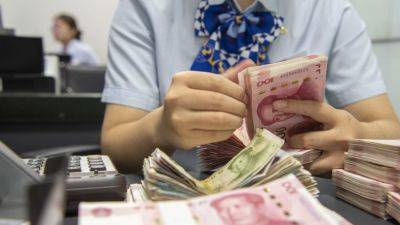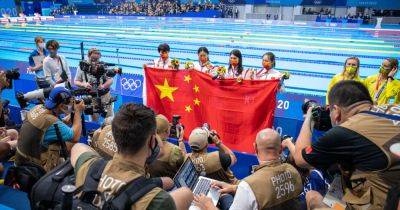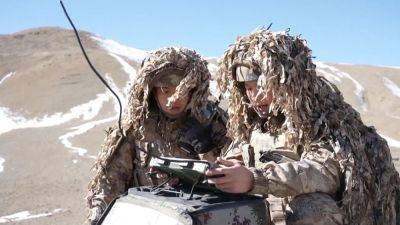Chinese investment
July 9, 2024
ISLAMABAD – SINCE 2015, China has invested billions of dollars in Pakistan. Has that bolstered our economic development? Opinions vary. Most people feel that Chinese investments, led by CPEC, have contributed to improving the country’s road, electricity and port infrastructure. A smaller segment is sceptical, arguing that these investments have contributed to Pakistan’s debt trap. A dispassionate analysis is needed.
When President Xi Jinping visited Pakistan in April 2015 to launch CPEC, Pakistan was in the throes of transnational terrorism. Operation Zarb-i-Azb was underway in North Waziristan. In 2016, the US, India and Afghanistan commenced efforts to isolate Pakistan diplomatically. Naturally, no country was ready to invest here at that time. Under these circumstances, the $46 billion worth of promised investments from China were a breath of fresh air.
An early CPEC harvest was the reduction in electricity shortage and load-shedding, which had made everyday life difficult and had choked industrial production. The other benefit was an improved road infrastructure. Work was also initiated on Gwadar port and allied projects, many of which have since been completed.
Under the grand design, once energy shortages had been met and infrastructure developed, Pakistan was supposed to move to the industrialisation phase, for which work had to start on establishing special economic zones. However, we failed to seamlessly transit to the second CPEC phase for two reasons. One, the development of SEZs was inordinately delayed. Consequently, Chinese industry shifted to other countries in the region. Two, from 2017 onwards, Pakistan entered into another round of political instability. Chinese confidence for investing







